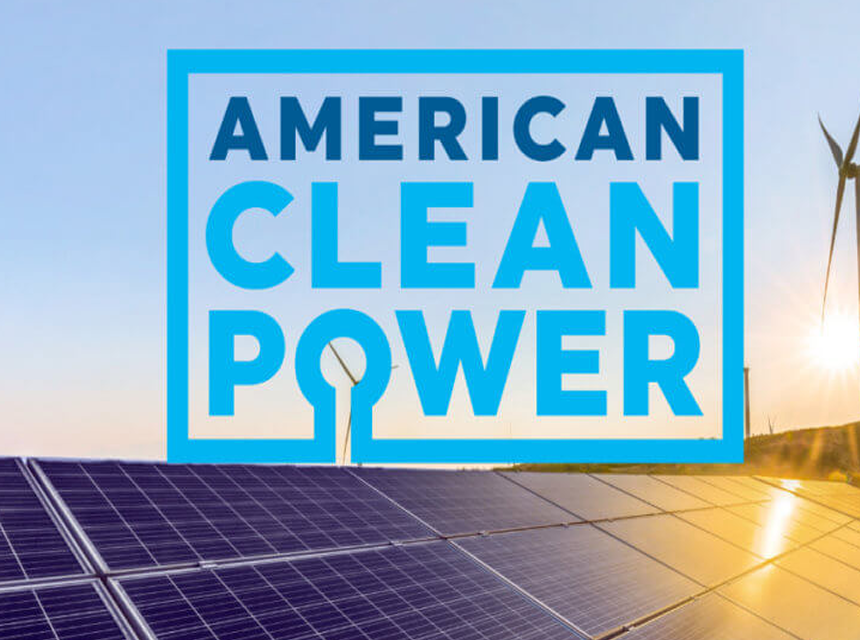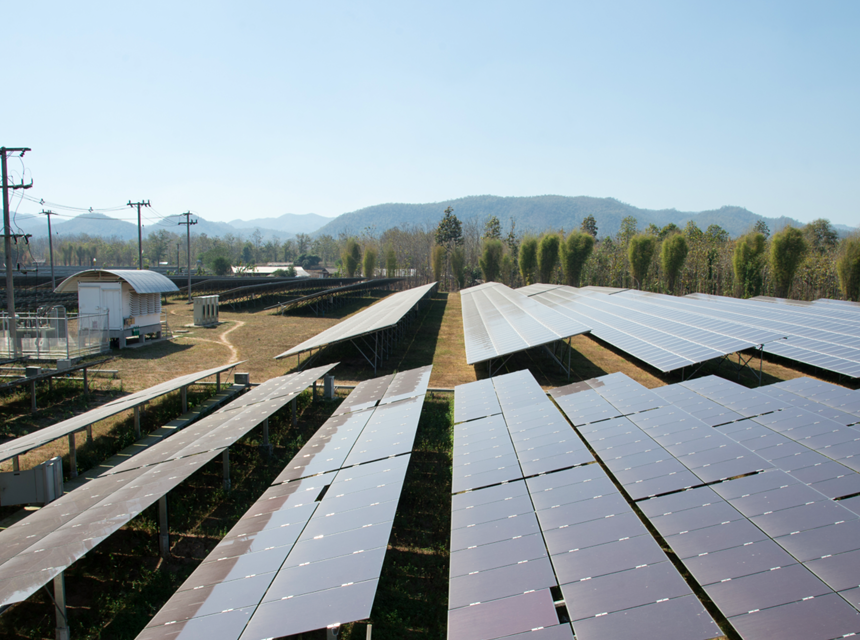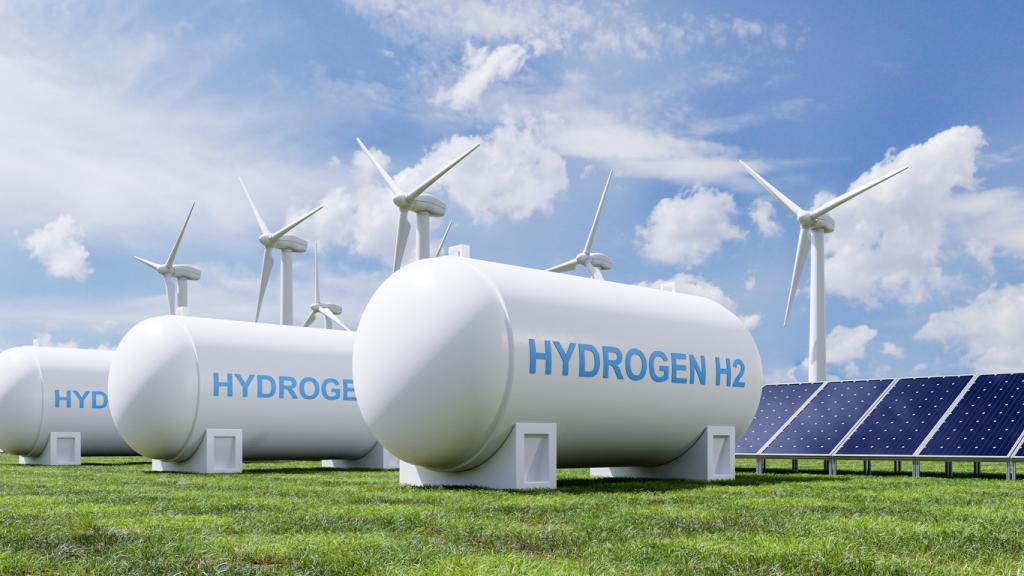
With the importance of clean power and green energy, the United States has set a goal to achieve net-zero emissions by 2035. But there are different challenges that the country will face, like land use and reliability. For the country to achieve its goals, it needs to find enough land to grow the resources and find long-duration storage technologies for energy.
When the Department of Energy’s National Renewable Energy Laboratory (NREL) released a study in August, it did not account for the land required to get this energy and the resources required. With the clean energy technology that is available to the US, the country can achieve up to a 90% reduction of emissions, but it is unknown what the resources needed will be to get to this goal.
The study by the NREL stated that there are four paths to achieve 100% clean power in the US by 2035 and net zero emissions by 2050, even if there will be a much higher demand for building electrification and transportation. ‘
One of the methods in the study stated that all zero-emission technologies should be improved in their cost and performance. The second one states that there should be more transmission capacity from improved technology and new permitting approaches, while the third recommends higher costs from transmission and generation constraints. Then the fourth is based on limited carbon capture.
While the needs of the United States can be met with a large-scale energy supply, the country can benefit from an alternative method, which is based on flexibility and energy efficiency. It’s best to rely on an alternative method to get energy rather than building infrastructure from scratch.
The main uncertainty to the assumptions provided by the NREL is the mixing of technology. Modeling has shown that with the possibility of carbon capture, using resources that give out net zero emissions involves up to 660 GW of fossil fuels in 2035.
But, the need for new-generation capacity was reduced by up to 20%, which reduced the need for land and system costs. The country can get total economic savings of up to $400 billion from significant reductions in the use of fossil fuels, as estimated by the NREL.
Despite this, after 2030, the uncertainties for resources and cost will grow, and it is predicted that there will be a growing need to meet demand during diurnal and seasonal periods.
After 2030, it is predicted that the LDES will have to be choosing between clean hydrogen fuels that contain molecules and is made from water and renewable energy or natural gas made with carbon capture and generating electrons.
Also, the type of energy used together will depend on the speed of the transmission for stored electrons and pipes used for molecules and how they are built. Another prediction made by the NREL report is that by 2030, pumped hydro storage, which has up to 12-hour durations, and lithium-ion batteries with 10 hours will become more cost-competitive. They will be competing with natural gas plants trying to meet the renewable energy generation supply.
NREL is called LDES as a seasonal energy storage, and although it is mostly connected to clean hydrogen fuels, there is an unproven theory that it could come from a wide range of technology. Some of this technology includes ammonia fuels, synthetic natural gas, thermal storage, pumped storage, new battery chemistry, compressed air, and gravity-based tech.
By storing clean LDES, the country can solve the uncertain problem of a seasonal mismatch during the winter and summer months. During this time, the demand for energy increases, but clean LDES can provide clean energy as it goes towards 100%. Also, there will be more electrification at this time.
So, if the storage is depleted during the summer and winter months due to the high demand for renewable energy, by spring and fall, it will be replenished to prevent economic losses and curtails. Even if LDES will be helpful in achieving the goal of 100% clean energy, it is also very expensive.
Despite this, it is expected that a type of LDES will be used to achieve the target by 2035 by investing in some types of technology. Aside from LDES, different kinds of solutions will be needed to achieve these goals. There’s no point in batteries and green hydrogen competing when policies are still being formed, and the market design is still being shaped.
Rather than checking LDES, a more urgent concern for achieving the 2035 net zero emissions goal in the power sector is getting access to enough land. The goal will need up to six times the recent growth rates, new ways of tripling transmission, and new storage and pipelines to transport CO2 and hydrogen.
All of these are possible by balancing the impact of carbon on climate change and environmental protections. But, the stakeholders have to carry out smart plans so that they can protect natural areas and working lands.
If there is no proper planning, the 2050 goal can only be achieved with up to 39 million acres of land in 11 states that have already been researched. Along with the infrastructure, it will cost up to $260 billion. But, if there is proper planning in specific regions, states, and local areas, and accounting for priority renewable energy zones, only about 21 million acres of land will be needed, almost half of the amount. Plus, it will cost about 3% of the amount.
It is also expected that there will be opposition from the local community, making it difficult to get a site and permit to run the project for clean energy. The community will have to understand why the project is needed, what resources are needed and how they can benefit from it.





